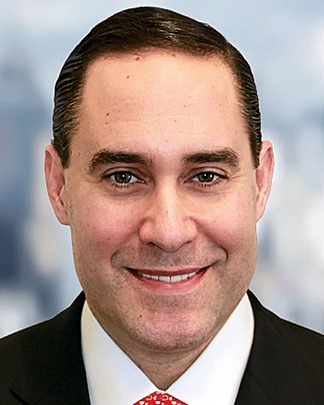This article originally ran as FLASH FRIDAY on Traders Magazine. FLASH FRIDAY is a weekly content series looking at the past, present and future of capital markets trading and technology. FLASH FRIDAY is sponsored by Instinet, a Nomura Company.
With a month to go until the 2020 U.S. Presidential Election, the statistical model on FiveThirtyEight.com gives Democratic challenger Joe Biden an 80% chance to unseat Republican incumbent Donald Trump.
Market participants say whoever wins, there’s about a 100% chance that trading volumes and volatility will increase sharply at some point around the election, as institutional investment managers add and/or reduce risk and reassess sector outlooks. A spike in activity would be exacerbated and extended if election-night results are contested.
Every election year has its own unique circumstances. 2020 seems to present more of a risk for heaving volatility, but at the same time, operators of exchanges and trading platforms, order handlers, and trading technologists have the advantage of surviving what has been a highly volatile year so far, with market structure intact.

“The decades-long trend has been to see increased market fluctuations during October and November of election years. The odds suggest that this occurs again this year,” said Frank Cappelleri, Executive Director and Chief Market Technician at Instinet.
“We should expect the 2020 trend of increased volume, heightened volatility and sharp reversals to continue,” Cappelleri said. “The silver lining is that traders and trading systems have successfully dealt with these challenges for six months already.”
The real crucible of 2020 to-date came in February and March, when the first COVID-19 lockdowns started and there was little to no clarity on the trajectory of the virus or its economic damage. Even with massive trading-volume increases in equities, fixed income and derivatives markets, and traders around the world working from home, there were effectively no significant institutional market disruptions or outages.
“Never before had so many sell-side desks relied on trading systems while working from home,” Cappelleri said. “By most counts, the industry fared well despite the unconventional circumstances.”
The experience should help keep markets running smoothly. “As the election looms, while more workers have returned to the office, the majority are still at home,” Cappelleri said. “Having to trade remotely during another volatile period will not present a completely new challenge this time.”
Four years ago, futures markets fell sharply on election night when it became clear that Trump would unexpectedly win, but markets quickly rebounded and sustained further gains over the subsequent weeks and months. The 2016 election “heavily stressed trading systems.”
This year, infrastructure providers such as exchanges, trade handlers and order routers can maximize operational resilience by one, knowing how many trades their systems can handle in a day, and two, identifying the specific pinch points and bottlenecks in their systems.
That’s according to Guy Warren, CEO of ITRS Group, who said from there, it’s all about modeling and stress-testing worst-case scenarios. Said Warren: “As we get closer to the election, the financial sector is putting more time into their investment strategies, but alongside this they must also invest time and money into ensuring their systems can cope with high levels of volatility.”
